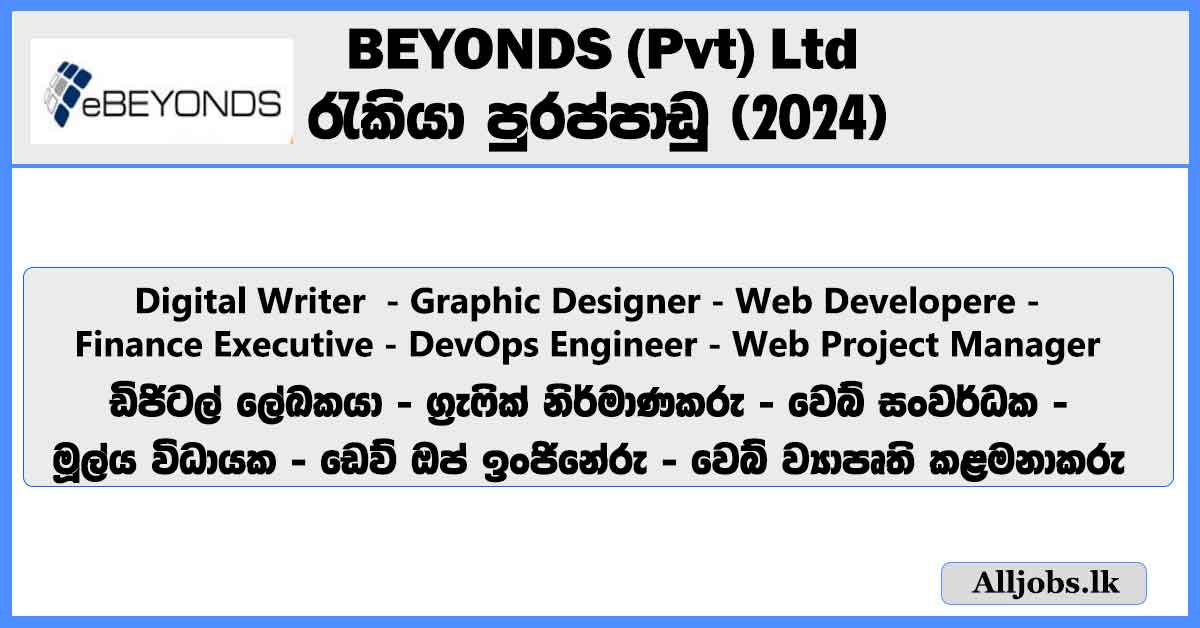What are the most popular employee perks and incentives that companies offer in today’s job market?
Employee perks and incentives are designed to attract and retain top talent, boost employee morale and job satisfaction, and increase productivity.
Companies may offer these perks and incentives as part of a broader employee benefits package or as individual programs.
What are the most popular employee perks and incentives that companies offer in today’s job market?
Health and wellness benefits:
This can include health insurance, gym memberships, mental health resources, and wellness programs.
Flexible work arrangements:
Many companies now offer flexible work hours, remote work options, and job-sharing programs to help employees achieve a better work-life balance.
Retirement benefits:
Employers may offer 401(k) plans, pension plans, and other retirement benefits to help employees save for their future.
Paid time off:
This can include vacation days, sick leave, and personal days, as well as paid holidays and parental leave.
Professional development:
Companies may offer tuition reimbursement, training programs, and opportunities for career advancement to help employees build their skills and grow in their careers.
Bonuses and incentives:
This can include performance-based bonuses, profit-sharing programs, and other financial incentives.
Employee discounts:
Many companies offer discounts on their products or services to employees, as well as discounts at partner businesses.
Volunteer opportunities:
Companies offer paid time off to encourage employees to volunteer in their communities.
Companies offer a variety of employee perks and incentives, depending on industry, company size, and other factors.
How do employee perks and incentives impact job satisfaction and retention rates?
Employee perks and incentives can have a significant impact on job satisfaction and retention rates. Here are a few ways in which they can affect these factors:
- Job satisfaction: Employee perks and incentives can improve job satisfaction by providing better work-life balance, financial security, and professional growth.
- Retention rates: Employee perks and incentives can help reduce turnover rates and reduce recruitment and training expenses.
- Attraction of new employees: Offering attractive employee perks and incentives can help companies attract new talent by providing benefits and perks that support well-being and professional growth.
Overall, the impact of employee perks and incentives on job satisfaction and retention rates can be significant. By providing attractive benefits packages, companies can not only retain their current employees but also attract new talent and create a more positive work environment.
What percentage of employees consider perks and incentives as a deciding factor when accepting a job offer?
- Studies and surveys indicate that a significant percentage of employees consider perks and incentives when accepting a job offer.
- The exact percentage varies depending on the survey and the type of perk or incentive being considered.
- Glassdoor’s 2015 survey found that 4 out of 5 employees would prefer new or additional benefits over a pay raise.
- LinkedIn’s 2019 survey found that 44% of job seekers considered work perks and benefits as the most important factor when deciding whether to accept a job offer.
- Some of the most popular perks and incentives that employees consider include health insurance, retirement benefits, flexible work arrangements, paid time off, and professional development opportunities.
- Companies that offer these types of benefits are often more attractive to job seekers and can have an easier time recruiting and retaining top talent.




